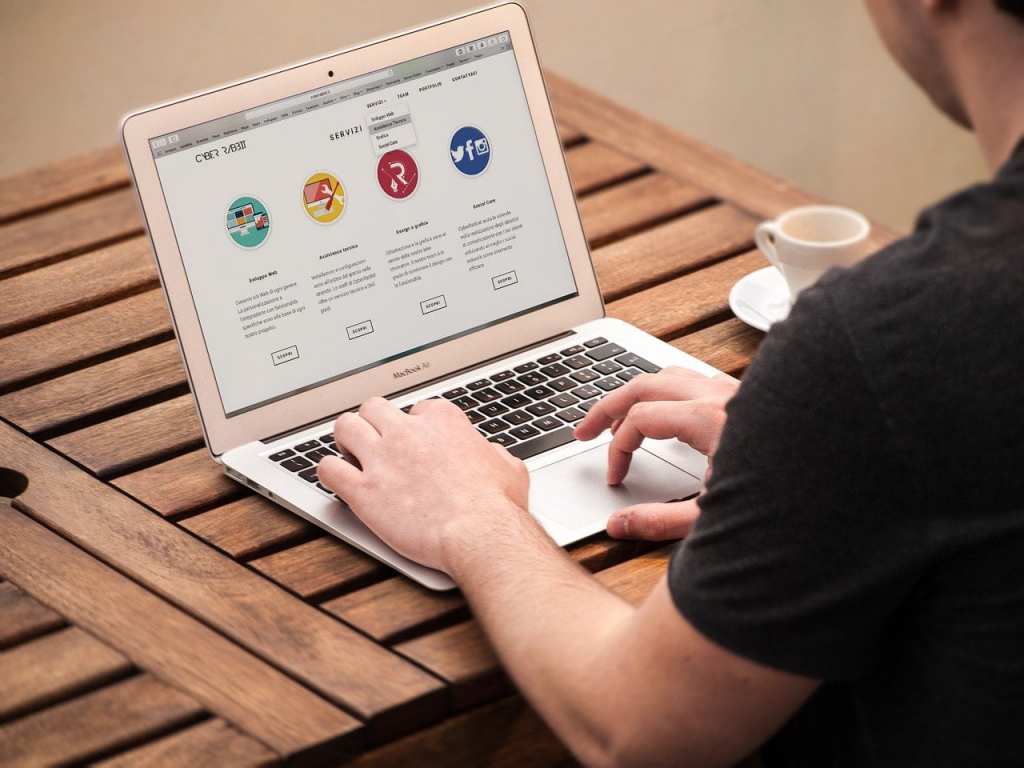If you are a designer it is very important to choose a design wisely. Because if you do so you can easily make a good web design and that benefits you a lot. Responsive and adaptive both might seem similar but there are some differences. This article is the key by which you can choose your design and become a good designer.
What is responsive design?:
A web design’s approach is responsive design. It is made up of only one layout. Responsive design helps a webpage to adjust better to fit the user’s screen. Maybe a user is using a phone or a laptop or a desktop. The design helps to zoom in and zoom out according to screen size. You don’t need to use more than one site for it. The design, content, and user interface, everything should seamlessly respond. You can visit our website for responsive web design in India.

What is adaptive design?:
The web design which has different fixed layouts that adapt to specific screen sizes is called adaptive design. That means if you are a designer you have to make different layouts of a webpage that will fit your users’ devices. It doesn’t mean creating more than one website. You can see the same contents but those are just reordered or resized content.
How do responsive and adaptive design compare?
If you are a new designer you need to know the difference between those designs.
- Layout:
- Responsive Design:
A visitor’s browser window decides what type of layout it has to choose.
- Adaptive design:
A user’s browser window doesn’t decide the layout in the design, it is determined on the back-end. templates unique to every device class are produced through this design. For sending the correct layout it detects the device type and then sends the perfect one.
READ MORE: How to search for best SEO services in Edmonton
- Loading time:
Loading time is very crucial for a web page because a user is annoyed too much if a website takes a lot of time for loading.
- Responsive design:
Basically it is slower than adaptive design. But this has a feature named Webflow, which helps to decorate all images in a line to automatic scale that can help to fit it on every device. Which can speed up the page 10 times faster.
- Adaptive design:
Adaptive design loads much faster than responsive design because it only shows necessary assets specific to each device. But it has no web-flow option so sometimes it fails to become a faster design.
READ MORE: Best Facebook website widget for your website
- Flexibility:
- Responsive design:
A responsive design is more flexible than adaptive Design. It can do well on its own by default even for new designs. You don’t have to maintain it.
- Adaptive design:
Adaptive designs are not flexible enough. You have to maintain it occasionally. If you don’t maintain it, this design doesn’t work for the new device.
- Difficulty:
When you design a webpage, the most preferable design would be the one that is easy to design.
- Responsive design:
Responsive design has only one layout. So it is easier than adaptive design. But since it has only one layout for making this one should spend more time and more effort making this.
- Adaptive Design:
A designer should make a number of layouts for it. So it is more time-consuming and more difficult.
READ MORE: Best Digital Marketing Free guest post sites
- SEO friendly:
- Responsive Design:
Responsive design is easy to maintain and it is more mobile-friendly. And for making an SEO-friendly website it is important to make a mobile-friendly website. So google basically recommend a Responsive design.

- Adaptive Design:
Adaptive design is not an SEO-friendly design.
Advantages:
Responsive design:
- With this design, you can get a seamless experience on every device.
- It is easier to maintain and less time consuming.
- It is budget-friendly.
- It improves crawling and indexing efficiency.
- As this design is SEO friendly so you can easily get more audience.
Adaptive design:
- Loading time is much faster.
- It is Optimized for advertising.
- It is highly targeted for each user.
- The adaptive design doesn’t need to return to the drawing board and re-code. It is a Reusable existing website.
Disadvantages:
Reductive design:
- It consumes more time to load those websites.
- With this designed website one may feel Difficulty integrating advertisements.
Adaptive design:
- This design is very cost-effective because you have to involve more labor for it. Designers have to make more layouts for it.
- This design is hard to maintain.
Conclusion:
Respective design and adaptive Design both are beneficial but both have disadvantages too. Respective design is the safest process. You don’t have to take more tension about its maintenance and it is cost-effective too and perfect for the long run. On the other hand, adaptive Design is an expert in personalized and target user experience.
So it is important to choose a design according to your budget, needs, and goal. Hope this article would be helpful for you.
READ MORE: Best Contextual Link Building Services in UK

